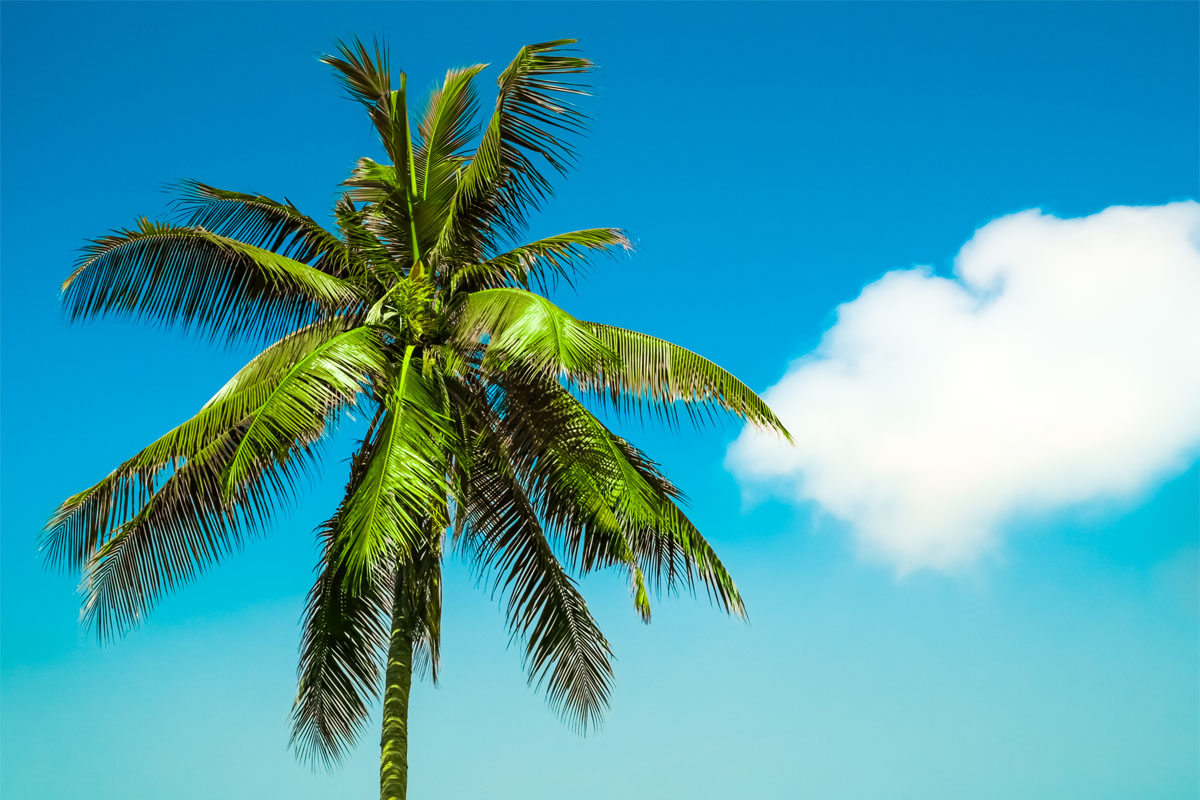PALM TREE MAINTENANCE
With more than two-thousand various species of palm trees it is vital to understand how to take care of them. Keep reading to learn more.
Roots
It is important to take care of palm tree roots of as they don’t grow that deep in the ground. The majority of palms just have one trunk. The point at the top of the trunk in addition to the tissues surrounding it are called the terminal bud. If they get damaged, the palm tree could perish. Because the roots don’t thicken, they’re probably not going to damage utilities or sidewalks.
Soil
The compacted soil found in a lot of urban areas won’t have the nutrients required for a palm tree to live health. Palm trees acquire a majority of their nutrients from the topsoil and the top of the ground – Meaning adequate fertilization is needed.
Watering Requirements
New palms will need to be watered twice per week for their first six months. Enough water needs to be added to permeate at least eighteen inches of soil. If the soil is a sandy kind, extra water will need to be added to guarantee moisture is maintained. For older palm trees, watering requirements depends on the climate.
Pruning
Just yellowing/ browning/ older fronds are required to be removed. Don’t trim too close to the trunk of the palm tree. The bark is damaged easily, and the ensuing wounds are entry points for pests and diseases. As new fronds emerge, the oldest ones die. An age that a frond can get to will be established by a lot of factors.
Potential Palm Tree Pests
Thrips
North American thrips make up a significantly large family of insects. Some of their species have a liking for palm trees, feeding on their flowers and leaves by penetrating the surface to draw sap out. Thrips aren’t lethal to palm trees but the feeding of adults may discolor and wilt the leaves. Additionally, in intense infestations the unattractive black droppings may become noticeable on the surface of leaves.
Palmetto Weevil
This pest is found across Florida, as west as southern Texas and as north as South Carolina. This weevil is North America’s largest. This nuisance has a liking primarily for the Cabbage Palm Tree even though it may infest Saw Palmettos and, sometimes, Canary Island Date Palms, Washington Palms, Royal Palms, and occasionally coconut palms.
Royal Palm Bug
These pest feed on just one plant, the royal palm tree, and females lay one egg a day throughout springtime. They seldom kill off the host tree but the damage they cause may be unattractive and they are challenging to control given the height of older royal palms. Royal Palm Bugs are the only North American species of the Thaumastocoridae family.
Palm Budworm
This annoyance is a type of beetle whose larvae feed on the flowers of a large range of fan palm trees. The beetles are about an inch long and are pink green in its color.
Giant Palm Borer
The giant palm borer is a large and quite unsightly beetle of which larvae have a liking for the wood of the Washingtonia and Phoenix species. The borer grubs live inside of a palm’s trunk sometimes up to 9 years prior to leaving the palm as beetles through inch-sized holes.
Palm Tree Diseases
Lethal Yellowing
This is a palm disease first observed in the Caribbean area of North America around 100 years ago. Nevertheless, it wasn’t until the 50’s and a disastrous outbreak in Jamaica and the Florida Keys that the financial impact of lethal yellowing was recognized, and comprehensive research begun.
Fusarium Wilt
Indicators of this disease are when the palm fronds start wilting, losing their green brilliance and, ultimately, dying. When a palm tree gets infected, there’s no remedy and the palm tree might need to be taken out.
Free Landscaping Quotes
Start creating your very own landscaping project in Scottsdale or Phoenix, Arizona by giving Arte Verde a call today at (602) 618-0688 to schedule a free consultation!







